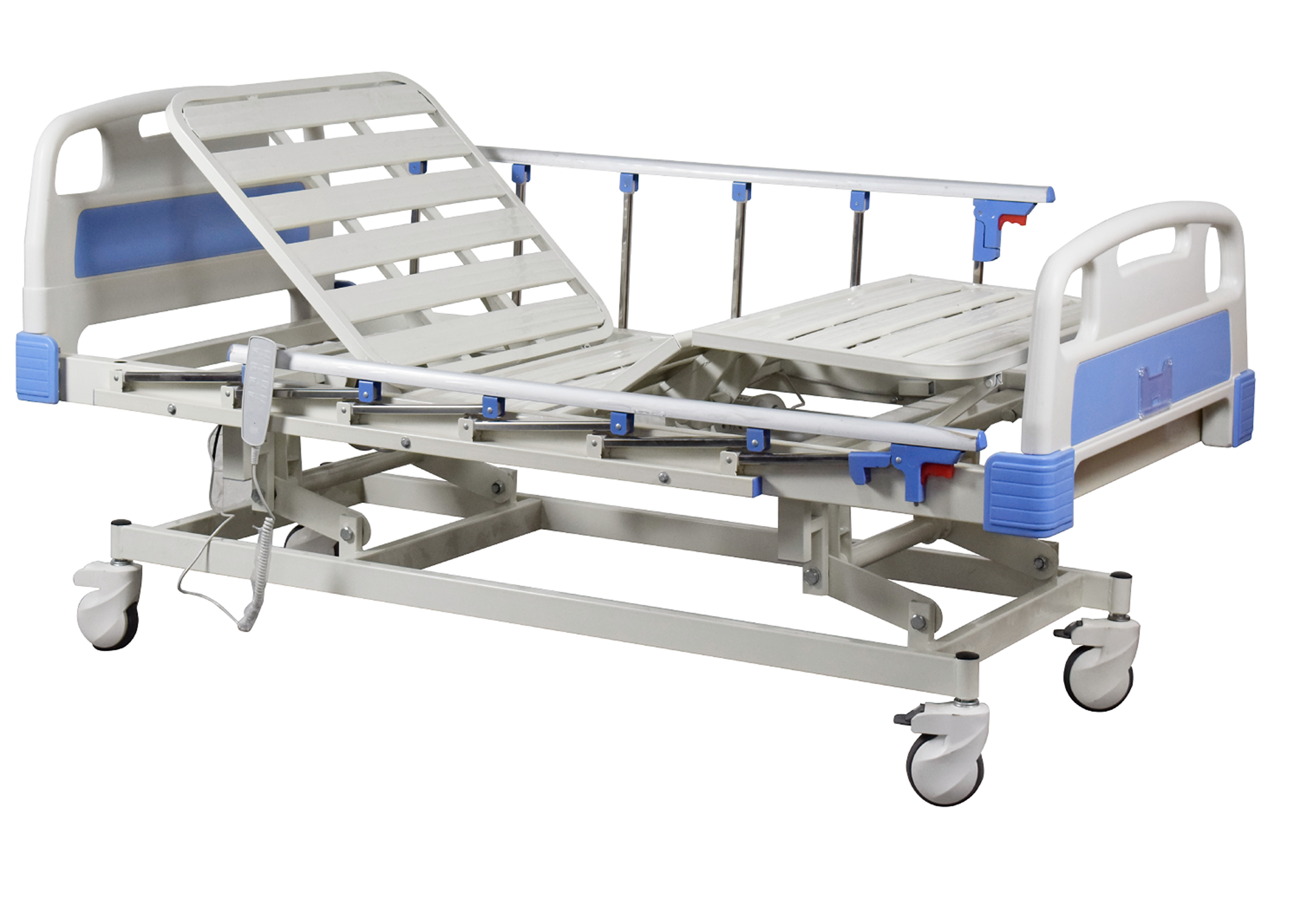Welcome to our websites!
Medical Slings for Safe and Comfortable Patient Handling
Understanding Medical Slings Applications and Benefits
Medical slings are specialized devices designed to provide support, stabilization, and comfort for various injuries or medical conditions. These versatile tools have become essential in both rehabilitation and acute care settings. Their primary purpose is to immobilize specific body parts, prevent further injury, and facilitate healing. This article explores the applications, types, and benefits of medical slings.
Applications of Medical Slings
Medical slings are most commonly used in orthopedic settings. They are often deployed for arm or shoulder injuries, fractures, dislocations, or post-surgical recovery. The sling's supportive structure helps limit the movement of the affected limb, allowing for a more effective healing process. For instance, after a shoulder surgery, a patient might use a sling to keep the arm close to the body, minimizing the risk of strain.
Additionally, slings are employed in pediatric care to support injured or vulnerable limbs in children, ensuring their safety and comfort. They are also beneficial in the care of elderly patients, particularly those at risk of falls or fractures due to weakened bones. Slings help to stabilize various body parts, promoting mobility while ensuring that the injury does not worsen.
Types of Medical Slings
Medical slings vary in design and function depending on their specific use. Some common types include
1. Shoulder Slings Typically made of soft fabric, these slings support the arm against the body, providing comfort and preventing movement.
medical slings

2. Elbow Slings Designed to support the elbow joint, these slings can be used in cases of fractures or tendinitis.
3. Universal Slings These adaptable slings can be used for various body parts and are often employed in emergency care settings for quick immobilization.
4. Pediatric Slings Specifically designed for children, these slings often come with bright colors or fun designs, helping to make the healing process more enjoyable for young patients.
Benefits of Using Medical Slings
The use of medical slings offers numerous benefits. First and foremost, they provide much-needed support and stability, which is crucial in the healing process. By immobilizing the injured area, slings help reduce pain and swelling, facilitating quicker recovery.
Moreover, slings can improve mobility by allowing patients to engage in daily activities without the fear of exacerbating their injuries. They also provide psychological comfort by giving patients a sense of security during their recovery journey. This emotional support can not be underestimated, especially for individuals dealing with the frustration of being temporarily incapacitated.
In conclusion, medical slings are invaluable tools in healthcare, aiding in the recovery of various injuries and conditions. Their diverse applications, coupled with their numerous benefits, make them an essential part of patient care. As technology advances, the design and functionality of medical slings continue to improve, further enhancing the healing experience for patients across all age groups.
-
Transforming Healthcare with Hospital FurnitureNewsJun.24,2025
-
Rehabilitation EquipmentNewsJun.24,2025
-
Mobility and Independence with WheelchairsNewsJun.24,2025
-
Freedom of Mobility with Our Rollator WalkersNewsJun.24,2025
-
Comfort and Independence with Commode ChairsNewsJun.24,2025
-
Bathing Safety and Independence with Shower ChairsNewsJun.24,2025
-
Navigating the Wholesale Landscape of Electric Mobility Solutions: Key Considerations for Power Wheelchair DealersNewsJun.10,2025











